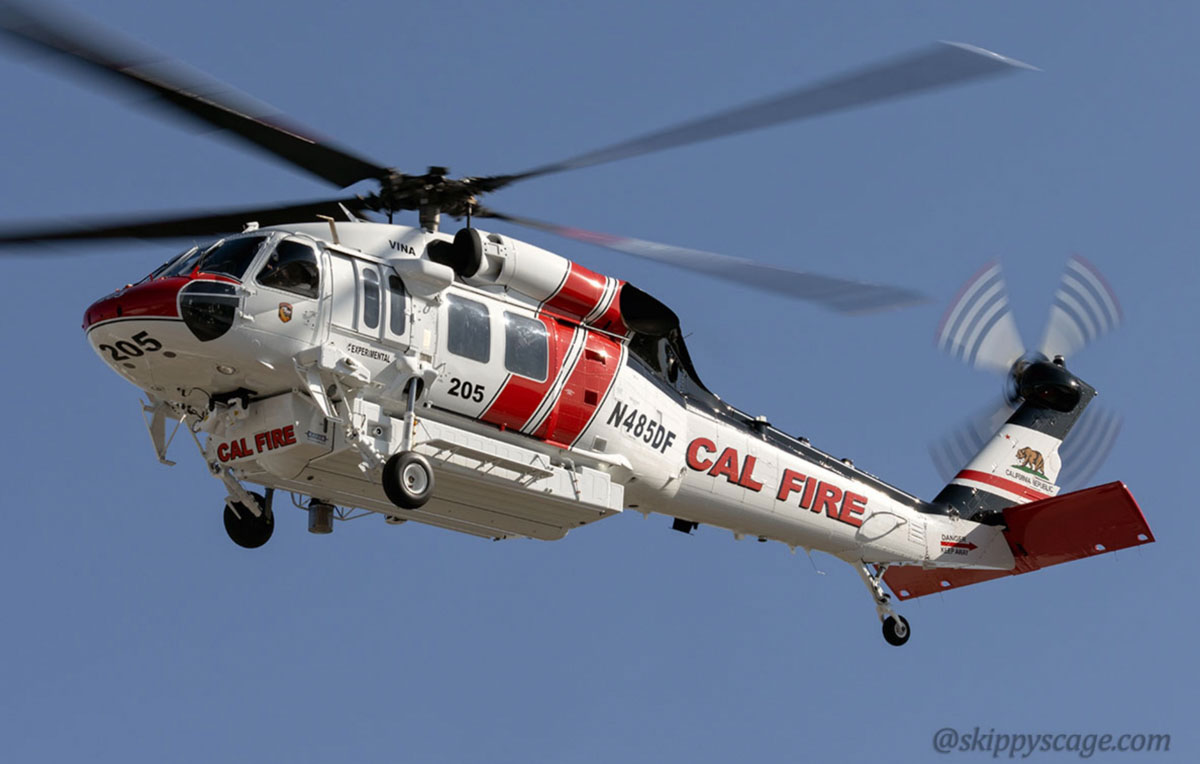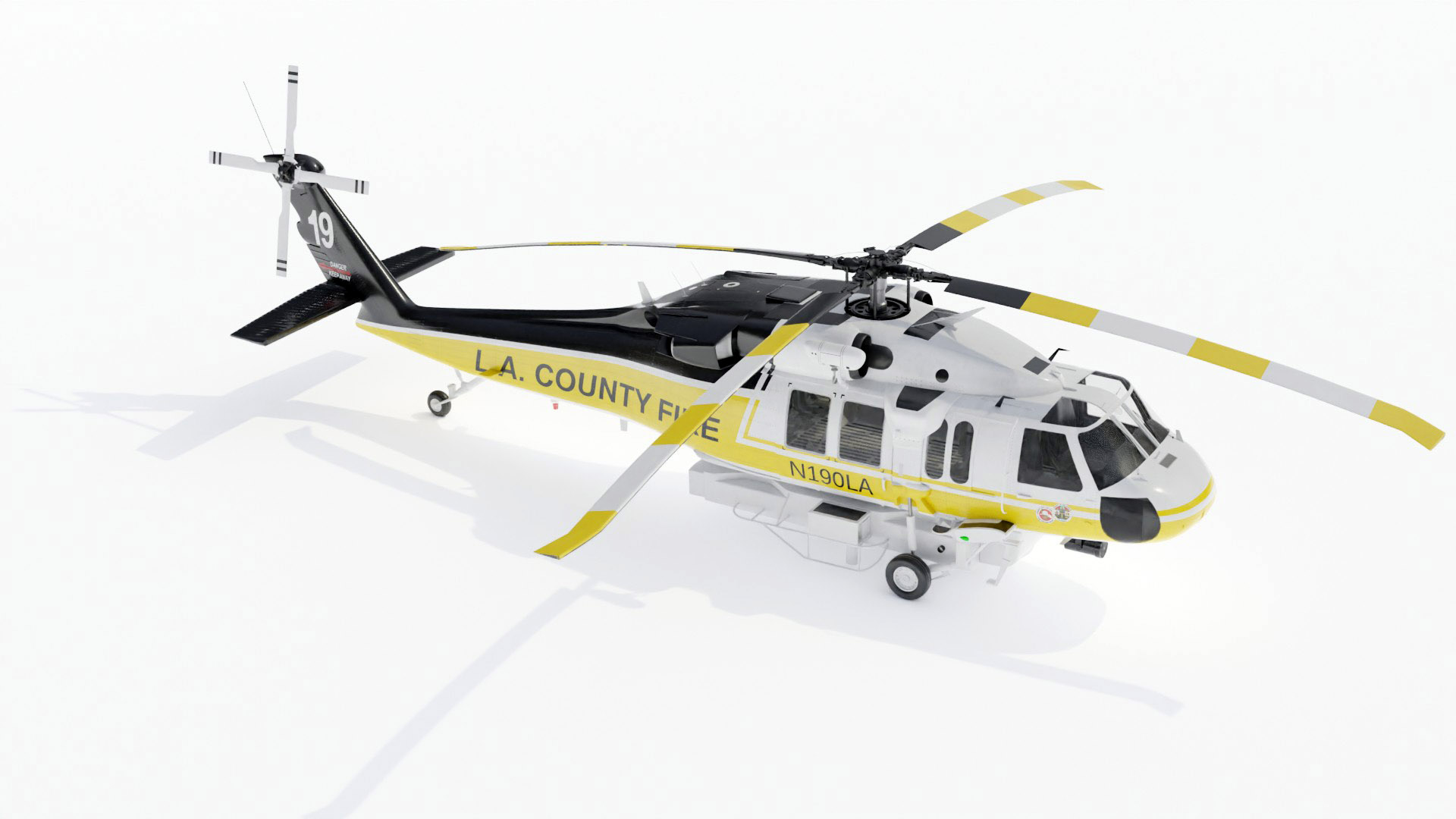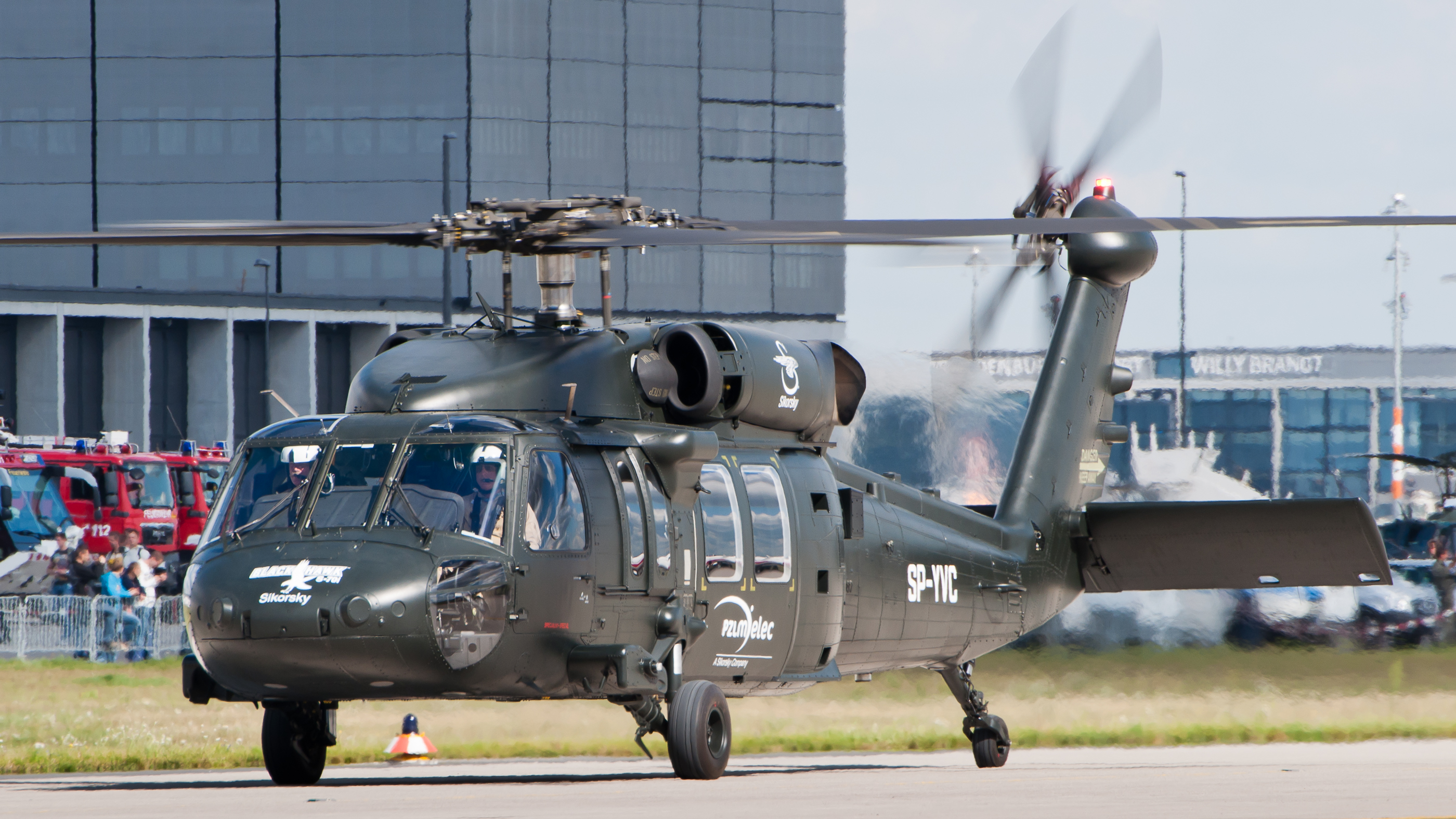Leading Functions and Benefits of the Sikorsky S 70 Helicopter
Leading Functions and Benefits of the Sikorsky S 70 Helicopter
Blog Article
High-Performance Multi-Role Rotorcraft Featuring Advanced Cockpit Technologies and Integrated Sensor Systems
The realm of rotorcraft innovation has actually seen remarkable improvements in recent times, particularly in the realm of high-performance multi-role rotorcraft equipped with advanced cockpit modern technologies and seamlessly incorporated sensor systems. These innovations have not only enhanced the operational capacities of rotorcraft but have actually additionally substantially impacted contemporary aviation operations on various fronts. From boosted objective convenience to enhanced operational performance, the merging of innovative cockpit innovations and incorporated sensor systems has introduced a brand-new period of opportunities for rotorcraft applications. In the adhering to discussion, we will certainly discover the evolution of rotorcraft innovation, dig into the realm of innovative cockpit advancements, and take a look at the ramifications of incorporated sensor systems on the functional versatility and performance of modern-day rotorcraft.
Development of Rotorcraft Modern Technology
The advancement of rotorcraft innovation has actually been marked by considerable advancements in aerodynamics, materials, and propulsion systems, forming the abilities and efficiency of modern-day rotorcraft. Aerodynamic enhancements have actually boosted the efficiency and ability to move of rotorcraft, permitting raised rate, agility, and stability during flight (sikorsky s 70). Technologies in materials, such as making use of composite materials and advanced alloys, have actually caused lighter yet stronger rotorcraft frameworks, improving overall performance and longevity. Additionally, developments in propulsion systems, including much more powerful engines and ingenious propulsion modern technologies, have enabled rotorcraft to achieve higher elevations, faster rates, and better hauls.
These improvements have not only transformed the capacities of rotorcraft yet have likewise increased their applications throughout different industries, including military, commercial, and emergency situation solutions. The continuous evolution of rotorcraft innovation remains to drive innovation in the area, pressing the borders of what is possible and forming the future of vertical trip.
Advanced Cabin Innovations
Structure upon the fundamental developments in the rules of aerodynamics, materials, and propulsion systems, the realm of rotorcraft modern technology currently changes emphasis towards introducing Advanced Cockpit Innovations. The combination of advanced technologies within the cabin atmosphere plays an important duty in enhancing the operational capabilities, safety, and efficiency of contemporary rotorcraft. sikorsky s 70. Advanced Cabin Innovations encompass a large variety of attributes made to supply pilots with boosted situational understanding, streamlined data management, and user-friendly control interfaces
One of the vital developments in cabin design is the application of glass cabins, which change conventional analog determines with high-resolution screens. These electronic systems supply adjustable designs, real-time information integration, and enhanced readability, enabling pilots to accessibility critical info at a glance. Moreover, progressed avionics systems, such as fly-by-wire controls and boosted truth displays, are transforming exactly how pilots engage with the airplane, enabling accurate control and improved decision-making abilities.


Including innovative cabin advancements not just boosts pilot efficiency but also adds to general mission performance and security in complex operational settings. By leveraging cutting edge technologies within the cockpit, rotorcraft makers are setting brand-new standards for functional excellence and mission success.
Integrated Sensing Unit Systems
With the advancement of rotorcraft innovation, the integration of innovative Integrated Sensor Equipment has become vital in enhancing functional efficiency and security. Read Full Article These Integrated Sensing unit Solutions incorporate a vast variety of technologies that give important information for different features such as navigation, security, targeting, and environmental tracking. By flawlessly integrating sensing units like radars, electronic cameras, lidar, and infrared systems into rotorcraft, drivers can gain from enhanced situational awareness, improved goal capabilities, and lowered pilot workload.
One secret benefit of Integrated Sensor Solutions is their ability to gather real-time data and give actionable understandings to pilots and goal operators. Progressed radar systems can discover and track targets over long distances, allowing for early risk discovery and reliable response planning. Additionally, incorporating electro-optical and infrared video cameras makes it possible for rotorcraft to conduct reconnaissance and security goals with accuracy and precision.
In significance, the assimilation of innovative sensing unit technologies right into rotorcraft not just boosts functional performance yet likewise adds dramatically to total goal success and staff security. As rotorcraft remain to evolve, the role of Integrated Sensor Equipment will definitely continue to be at the forefront of development in the aerospace industry.
Functional Convenience and Efficiency
Enhancing functional adaptability and effectiveness in rotorcraft is a read this post here natural progression from the integration of advanced Integrated Sensing unit Equipments. By leveraging the understandings and data provided by these cutting-edge sensing unit systems, rotorcraft can enhance their efficiency throughout numerous objectives and environments.
Functional adaptability incorporates the capability of rotorcraft to adapt to various functions and circumstances successfully. With sophisticated cockpit modern technologies and incorporated sensor systems, rotorcraft can perfectly transition in between jobs such as search and rescue, medical discharge, monitoring, and much more. This adaptability boosts the rotorcraft's capability to fulfill varied operational requirements without requiring considerable reconfiguration.
Performance in rotorcraft operations is crucial for taking full advantage of mission performance and resource application. Integrated sensor systems play a critical function in boosting operational effectiveness by giving real-time data on climate condition, terrain mapping, target monitoring, and extra. This data allows pilots to make enlightened decisions quickly, maximize flight paths, save gas, and enhance imp source general objective performance.
Effect On Modern Aviation Operations

Furthermore, the integration of advanced sensing units helps with boosted objective planning and execution, allowing rotorcraft to execute a variety of tasks with boosted precision. From search and rescue procedures to airborne firefighting and legislation enforcement goals, the abilities of modern rotorcraft equipped with innovative cockpit modern technologies and integrated sensing unit systems are unequaled.
Moreover, the influence of these advancements prolongs past operational efficiency to cost-effectiveness and sustainability. By enhancing flight paths, gas intake, and upkeep timetables, high-performance rotorcraft outfitted with sophisticated cockpit technologies and sensors add to decreasing operational prices and environmental effect, making them essential possessions in modern aeronautics procedures.
Conclusion
In conclusion, the high-performance multi-role rotorcraft with innovative cockpit modern technologies and incorporated sensor systems represents a substantial development in aviation innovation. These innovations enhance operational adaptability and performance, inevitably impacting contemporary aeronautics procedures in a favorable means. The integration of these sophisticated innovations permits boosted capacities and performance in different objective scenarios, showcasing the continued innovation of rotorcraft technology in the aviation industry.
The world of rotorcraft modern technology has seen noteworthy innovations in current times, especially in the world of high-performance multi-role rotorcraft equipped with cutting-edge cabin technologies and seamlessly integrated sensor systems. From enhanced mission convenience to enhanced operational efficiency, the merging of sophisticated cockpit innovations and incorporated sensing unit systems has ushered in a new period of possibilities for rotorcraft applications. In the following conversation, we will certainly check out the evolution of rotorcraft innovation, dig into the world of advanced cockpit developments, and examine the implications of integrated sensor systems on the functional flexibility and performance of modern rotorcraft.

Report this page